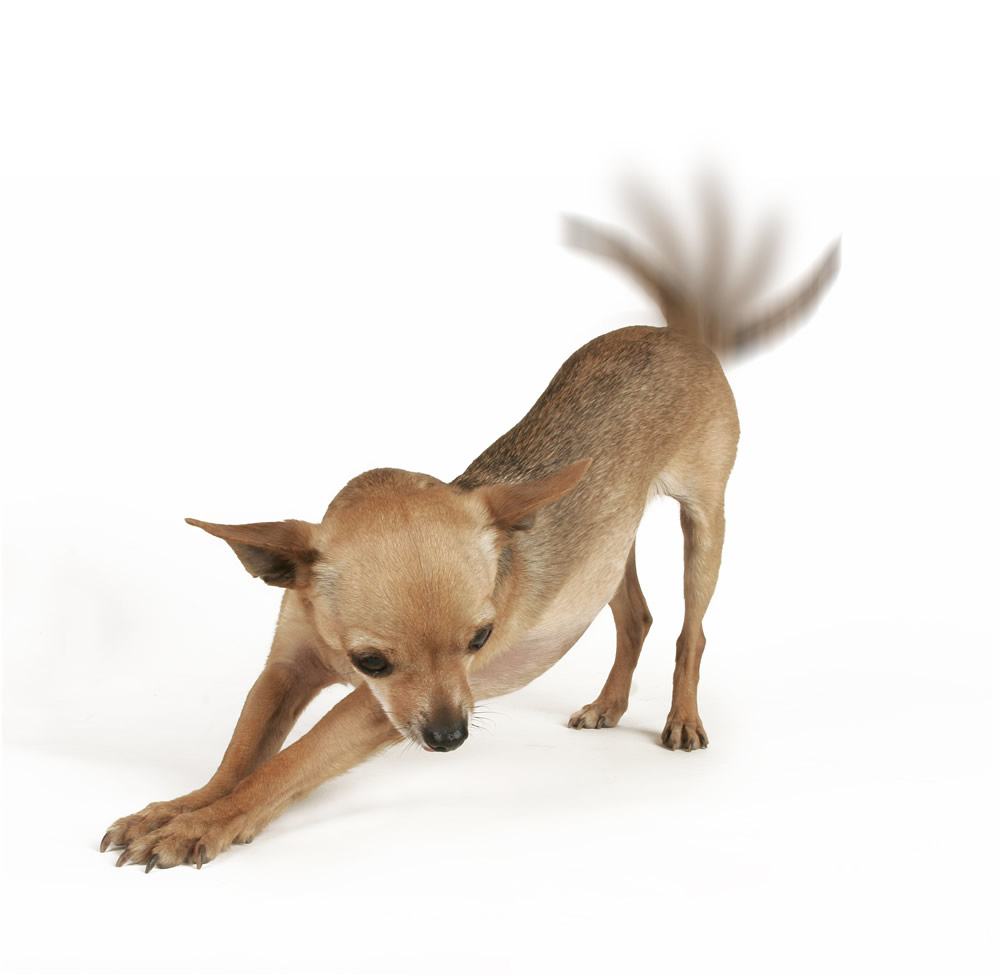Limp or Limber Tail: If your dog suddenly appears to have a hanging, droopy tail, all types of causes for the way he is holding his tail should be considered such as has he injured his back or his spine in any way? Could he have injured his tail with rough and tumble when playing? Did he trap it in a door or perhaps he was stepped upon by accident? Is there any chance that his anal glands could be impacted or infected, as this too could make your dog carry his tail differently. If none of these things seem likely, it could be something called Limber Syndrome.
In Limber Tail Syndrome, the tail becomes limp, lifeless and flaccid. My first dog, Paddy, a huge Golden Labrador had this once in his life and one of our Rhodes 2 Safety followers asked me about it last year so I thought we’d cover it today.
Symptoms include:
- A limp tail that “hangs” with no or very little wagging
- Tail may extend horizontally for a few inches, then drops flaccidly
- Hair standing up at base of tail which looks like the hackles are up
- Pain when you touch it
- Local swelling and warmth to the touch
Things your faithful friend could have been doing to bring on his limp tail include:
Swimming
Frantic wagging (particularly working dogs engaging in the thrill of the hunt)
A hot bath following an outdoor adventure followed by sleeping it off in his crate
Any breed of dog with a tail can develop Limber Tail Syndrome, but some are more prone to it than others – particularly working and sporting breeds:
|
|
Although a definite trigger is yet to be ascertained, the most common causes include:
Therefore, it is important to build up your dog’s exercise routine gradually avoiding sudden and prolonged periods of exercise after long periods of inactivity. Ensure you allow him to use a crate big enough to turn around and stetch in and that he is dried off fully following his activity. |
|
Treatment for Limber Tail |
For a full recovery it may take as much as a couple of weeks but in most instances we would expect the pain to subside within 24 to 48 hours. Complete recovery is mostly seen within a couple of weeks. On occasion, during the recovery period, the tail may appear to hang to one side or the other. If this happens please don’t panic. It should get itself back to normal fairly quickly. |
|
|
|

